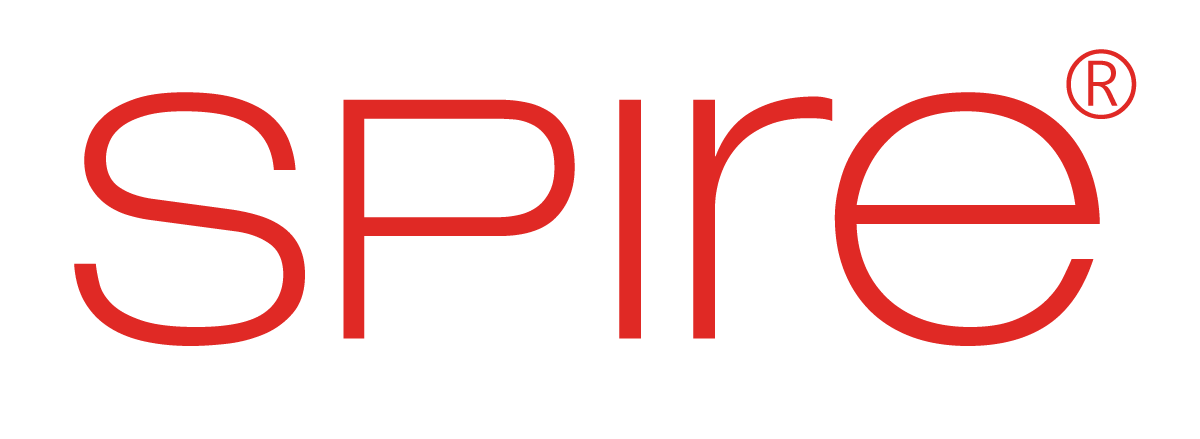Competency Modeling
What is Competency Modeling?
Competency modeling is a process that defines the skills, knowledge, and abilities (KSAs) required to perform specific jobs successfully. It involves creating a framework that outlines the skills, knowledge, and behaviors necessary for employees to thrive in their roles. Competency models are used to assess and measure an employee’s capabilities and ensure alignment with organizational goals.
These models provide a structured way to identify the skills needed for success and guide training, development, and performance management efforts.
What Are the Benefits of Using a Competency Model?
- Improved Employee Performance: Clear competency expectations lead to better performance and greater accountability.
- Enhanced Recruitment: Competency models help identify the right candidates with the required skills and behaviors.
- Better Training and Development: Provides a roadmap for targeted learning and skill development.
- Succession Planning: Helps identify high-potential employees for future leadership roles.
- Alignment with Organizational Goals: Ensures that employees’ skills support the company’s strategic objectives.
- Increased Employee Engagement: Clear expectations boost morale by making career paths and success criteria transparent.
- Objective Performance Management: Provides measurable benchmarks for evaluating employee performance and growth.
Competency models help organizations align talent management with business needs and ensure a productive workforce.
How Are Competency Models Used?
Competency models are used to define the skills, knowledge, and behaviors necessary for success in a role. They help organizations:
- Define Success: Establish what success looks like for each role in the organization.
- Leadership Development: Guide leadership development and succession planning by identifying key competencies.
- Performance Management: Align individual performance with organizational goals and provide clear performance expectations.
- Employee Development: Help employees understand the requirements for their roles and plan for career growth.
- Hiring and Recruitment: Assist HR teams in selecting candidates whose competencies align with job requirements.
These models ensure that employees’ skills align with both individual roles and organizational strategies.
Key Elements of a Competency Model
- Core Competencies: Fundamental skills that all employees must possess to perform effectively.
- Leadership Competencies: Skills and behaviors required for effective leadership and decision-making.
- Functional Competencies: Job-specific skills that are crucial for the success of a particular role.
- Behavioral Competencies: Personal attributes and interpersonal skills needed to interact effectively with others.
- Performance Management: Using the competency model to evaluate and guide employee performance.
- Training and Development: Identifying learning and development needs based on competency gaps.
A well-rounded competency model incorporates these elements to ensure comprehensive employee development.
How to Develop an Effective Competency Model
- Identify Organizational Goals: Align competencies with your company’s strategic objectives.
- Gather Data: Collect input from stakeholders, such as managers, employees, and industry experts.
- Define Core Competencies: Identify the key skills and behaviors necessary for success in different roles.
- Establish Proficiency Levels: Set clear proficiency levels for each competency to guide performance expectations.
- Ensure Alignment: Ensure the model is in sync with the company’s culture, values, and long-term goals.
A successful competency model is adaptable, measurable, and aligned with business needs, making it an essential tool for talent management.
Conclusion
Competency modeling is crucial for aligning employee performance with organizational goals. By defining the skills, knowledge, and behaviors required for success, companies can enhance recruitment, performance management, and employee development. A well-structured competency model fosters clarity, drives engagement, and ensures a talented workforce that is prepared for current and future challenges.

Don’t Let Outdated Frameworks Hold Your Organization Back
Harness Spire.AI to Build, Deploy, and Elevate Talent Effectively


